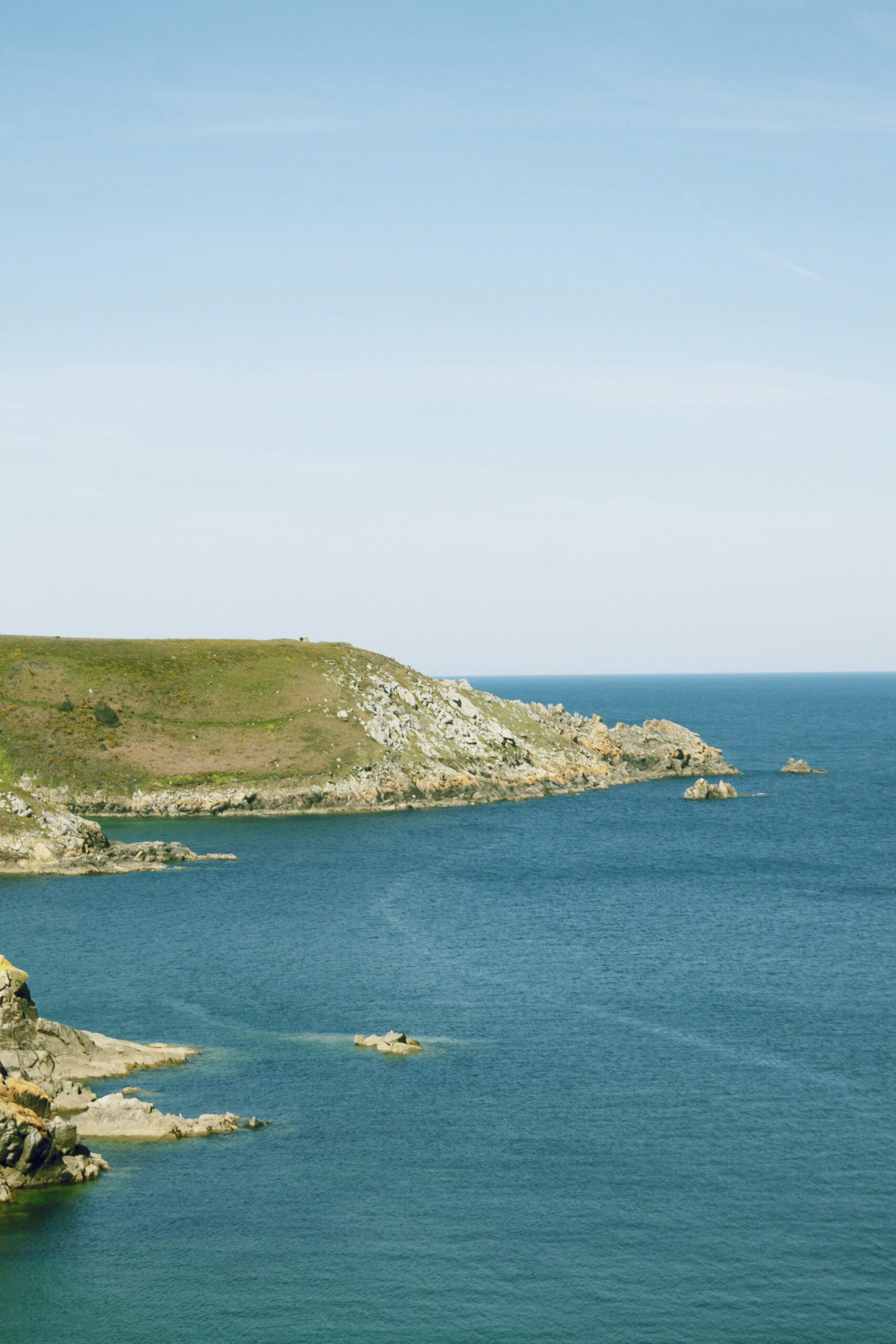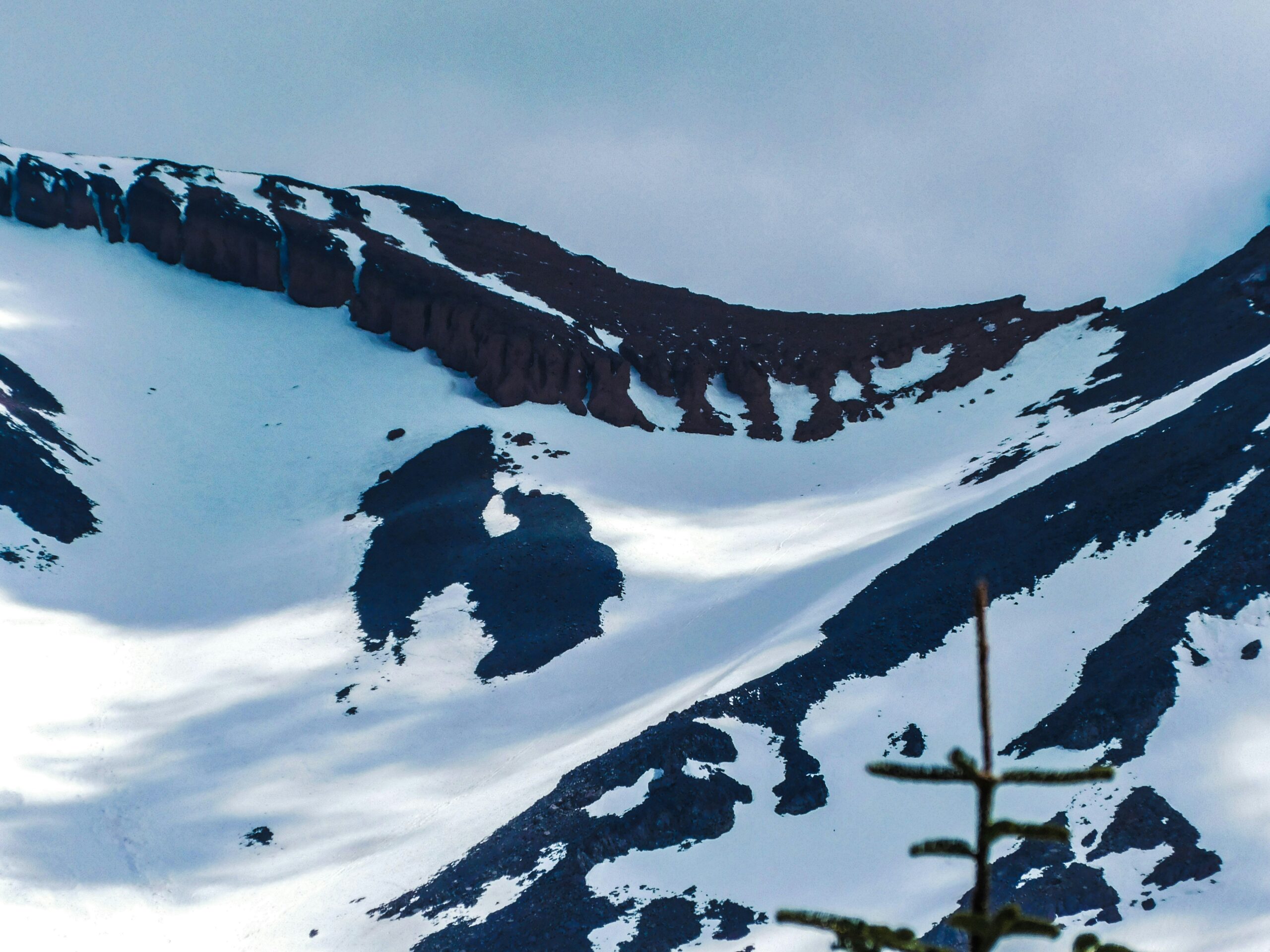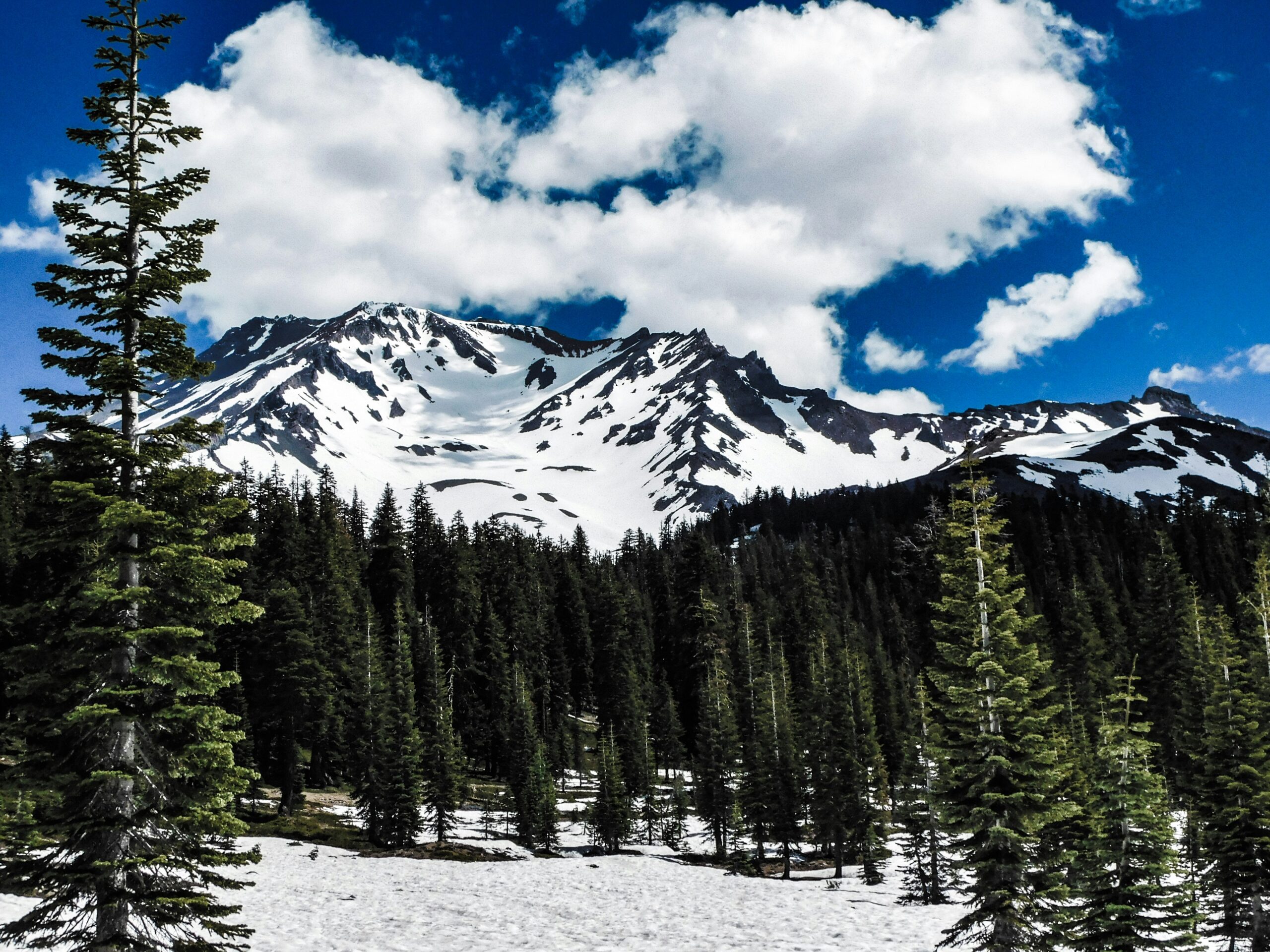Are there any deaths due to falls from cliffs on Mount Shasta? In this article, you will uncover the gripping reality of how treacherous Mount Shasta's cliffs can be. You’ll learn about the dangers climbers face, the tragic incidents that have occurred, and the safety measures that can help prevent such accidents. If you've ever wondered about the risks associated with these majestic heights, this piece offers the insights you need. Have you ever wondered if Mount Shasta, one of Northern California's most iconic peaks, poses a significant danger to hikers and climbers? Specifically, are there any deaths due to falls from cliffs on Mount Shasta? Well, you’re in the right place to find out. Let's dive deep into the history, risks, and safety measures to keep you informed and safe.

Introduction to Mount Shasta
Mount Shasta is a majestic and prominent peak located in Siskiyou County, California. Towering at 14,179 feet (4,322 meters), this potentially active stratovolcano is part of the Cascade Range and offers breathtaking views, challenging climbs, and a variety of outdoor activities.
The Allure of Mount Shasta
Mount Shasta attracts thousands of hikers, climbers, and adventure enthusiasts each year. Its allure doesn’t come solely from its remarkable elevation but also its mystical aura, often associated with various myths and legends.
The Climbing Routes
Mount Shasta offers several climbing routes, each varying in difficulty. These include:
| Route Name | Difficulty Level | Best Season to Climb |
|---|---|---|
| Avalanche Gulch | Moderate | Late April to June |
| Casaval Ridge | Difficult | Late Fall to Spring |
| Sargents Ridge | Difficult | Spring to Early Summer |
| Clear Creek | Easiest Route | Late Summer to Fall |
Climbing Risks on Mount Shasta
While climbing Mount Shasta is an exhilarating experience, it comes with its own set of risks. Understanding these can help climbers be better prepared and make safer decisions.
Risks of Falling from Cliffs
Falls are one of the primary risks associated with mountain climbing. On Mount Shasta, the risk of falling from a cliff can be particularly high due to the following reasons:
- Steep Terrain: Many routes on Mount Shasta involve steep climbs, which increases the risk of slips and falls.
- Loose Rock and Ice: The presence of loose rock and ice can make footing insecure, especially during certain seasons.
- Weather Conditions: Sudden changes in weather, including snowstorms and high winds, can severely impact visibility and stability.
Historical Data on Falls
To understand the gravity of the risk, it’s helpful to look at historical data related to falls from cliffs on Mount Shasta.
| Year | Number of Falls | Number of Deaths | Comments |
|---|---|---|---|
| 2010 | 5 | 1 | Poor weather conditions |
| 2015 | 7 | 2 | Loose rocks reported |
| 2020 | 3 | 0 | Improved safety measures |
Notable Incidents
The statistics underline that falls do occur on Mount Shasta, sometimes with fatal outcomes. Let’s explore a couple of notable incidents that underscore the importance of being well-prepared.
Incident: May 2015
In May 2015, a climber tragically lost their life when they lost footing and fell from a cliff in the Avalanche Gulch area. Witnesses reported unstable rock combined with sudden icy conditions. This unfortunate event highlighted the importance of proper gear and checking weather forecasts meticulously.
Incident: June 2010
Another tragic incident occurred in June 2010, when a climber fell while ascending the Casaval Ridge route. Despite being an experienced climber, unexpected high winds caused a loss of balance. This incident led to more stringent advisories about checking wind conditions before attempting this particular route.
Safety Precautions
Although Mount Shasta has its risks, several precautions can be taken to mitigate these dangers. Let's discuss some key safety measures you can adopt.
Gear and Equipment
Having the right gear is crucial when climbing Mount Shasta. Essential items include:
- Helmet: To protect against falling rocks and potential head injuries.
- Crampons and Ice Axes: These are vital for maintaining traction on icy surfaces.
- Rope and Harness: For complex routes, ensuring you're secured can make a significant difference in case of slips.
Weather Monitoring
Mountain weather can be unpredictable. Always check multiple weather forecasts and be prepared for sudden changes.
| Weather Checkpoints | Instructions |
|---|---|
| NOAA Mountain Weather | Provides detailed forecasts specific to peaks. |
| Local Weather Stations | Offers real-time updates. |

Training and Preparation
Your physical and mental preparedness can greatly influence your safety on Mount Shasta.
Physical Conditioning
Climbing Mount Shasta demands excellent physical condition. Cardiovascular fitness, strength training, and flexibility exercises can help.
Skills Training
Practice climbing techniques, especially using gear like crampons and ice axes, in controlled environments before your actual climb.
Navigational Skills
Familiarize yourself with navigation tools like GPS devices and maps. Knowing your route ahead of time can prevent you from getting lost and ending up in dangerous situations.
Guided Climbing
One of the safest ways to climb Mount Shasta is to go with experienced guides. They offer invaluable knowledge and can provide first-time climbers with both confidence and competence.
Guide Services
Several guide services offer tours and expeditions on Mount Shasta:
| Guide Service Name | Services Provided | Contact Information |
|---|---|---|
| Shasta Mountain Guides | Full-day and multi-day guided climbs. | shastaguides@example.com |
| Sierra Wilderness Guides | Custom expeditions and safety training. | sierra-guides@example.com |

Emergency Protocols
Knowing what to do in case of an emergency can save lives.
Immediate Actions
- Assess the Situation: Quickly determine if the injured party is in immediate danger and if the area is safe for you to provide assistance.
- First Aid: Administer basic first aid if you are trained. This could include stopping bleeding, immobilizing injuries, and keeping the injured warm.
Communication and Rescue
- Emergency Numbers: Call 911 or the local rescue services immediately.
- Location Sharing: Use GPS coordinates to provide an exact location to rescuers.
- Signal for Help: If you're unable to make a call, use visual signals like brightly colored clothing or a whistle to attract attention.
Stories of Survival
It's also inspiring to hear about those who have survived treacherous accidents on Mount Shasta, as these stories often highlight the importance of resilience and proper planning.
Survival Story: Jane Doe
In July 2018, Jane Doe fell from a small cliff near Helen Lake. Despite being injured, she managed to use her satellite phone to call for help. Her quick thinking and preparedness earned her a successful rescue and demonstrated the critical value of having a communication device.
Survival Story: John Smith
John Smith, an experienced climber, slipped in icy conditions but managed to arrest his fall using his ice axe. His prior training and immediate action prevented a potentially fatal accident.
Conclusion
So, are there any deaths due to falls from cliffs on Mount Shasta? Unfortunately, yes, but these incidents underline the importance of thorough preparation, proper gear, and the need for caution. By understanding the risks and taking essential precautions, you can significantly reduce the dangers and enjoy the incredible experience that Mount Shasta has to offer.
Climbing Mount Shasta is a thrilling adventure, but it's essential to respect the mountain and prepare appropriately. We hope this comprehensive guide provides you with the information you need to stay safe and enjoy your climb. Stay safe out there!
